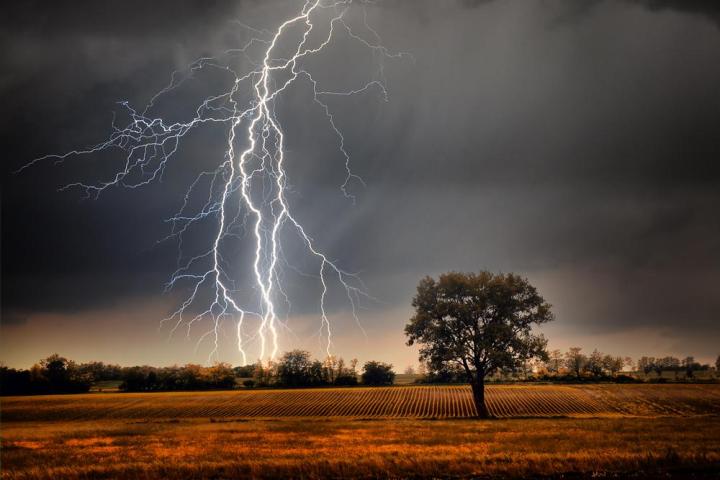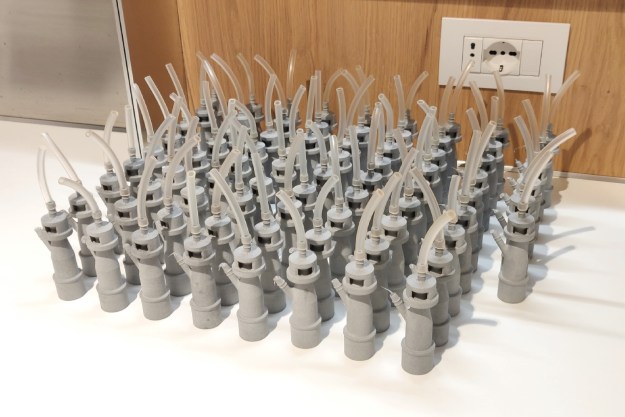
That may be changing, however, due to the work of researchers in Florida. What University of South Florida School of Geosciences associate professor Matthew Pasek and his colleague, Marc Hurst of Independent Geological Sciences, have developed is a new way of measuring the energy expended by lightning when it hits the ground — by measuring rocks.
“We’ve looked primarily at the effects lightning has on the rocks it strikes,” Pasek told Digital Trends. “We’ve begun some of the investigations into fulgurite petrology (the study of rocks), looking to see what chemical changes occur, how the shape reflects the properties of the lightning strike and the material it strikes — and have looked to see what odd minerals result when lightning makes rocks heat up quickly then cool down.”
To carry out the work, Pasek and his team examined around 250 “fulgurites,” a material that is formed out of sand or other sediment fused by lightning. Examining the length and circumference of these glass cylinders, the researchers were able to calculate information relating to lightning strikes. Pasek said that these “fulgurites bear ions, specifically of the element phosphorus” that have never previously been seen in a natural, terrestrial setting before this project. Interestingly, the researchers’ work has demonstrated that rocks and soil which are struck by lightning can produce minerals otherwise only normally found in meteorites.
So how much energy is expended in a lightning strike? The resulting paper, published in the journal Scientific Reports, notes that lightning strikes are measured in the format MJ/m. One megajoule is equivalent to the amount of energy expended by leaving a microphone cooking food for 20 minutes, or a 60-watt light bulb’s energy use after being on for four hours. The energy from a lightning strike peaks at more than 20MJ/m.
“Although it’s highly unlikely we’d ever be able to harness lightning as an energy source, this does provide an actual number to how much energy a lightning strike actually gives to something when it strikes,” Pasek said. “That might be useful in preventing damage to buildings and other structures when lightning strikes, [although] I’m not an engineer so I don’t know for certain — as well as giving some data that may be helpful for forensic analysis of after-effects of lightning.”
Or, you know, just for stumping people in the lightning round of pop quizzes.
Editors' Recommendations
- Scientists use powerful lasers to divert lightning bolts
- Curiosity spies a Martian ‘flower’ formed out of rock
- Apple Fitness+ now lets you work out with your friends
- Logitech built Bolt to make wireless mice and keyboards work better
- Selfie comes with a lightning bolt and hospitalization



